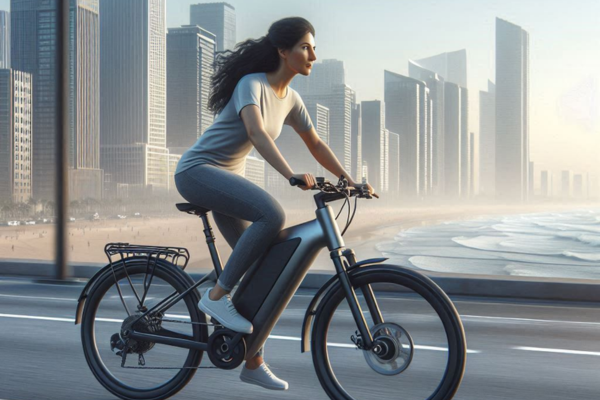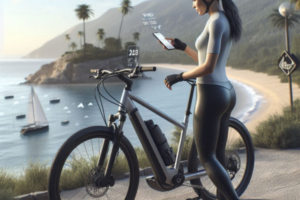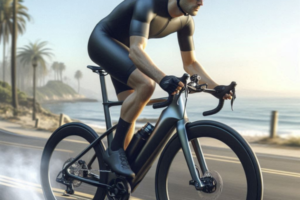💨 What Is Aerodynamics and Why It Matters for E-Bikes
Aerodynamics refers to how air moves around objects in motion. In vehicles — from cars to electric bicycles — managing air resistance can improve efficiency, range, and overall performance. While electric bicycles move slower than cars, they still encounter wind resistance, especially at speeds above 20 km/h or when facing headwinds.
Understanding aerodynamic principles helps e-bike riders and designers reduce drag, save battery power, and improve ride stability.
🚗 How Cars and E-Bikes Handle Air Resistance
The automotive industry has invested decades in minimizing drag through aerodynamic shapes and engineering. These same principles apply — at a smaller scale — to electric bicycles. Both face key sources of resistance:
- Frontal area: The surface area facing the wind
- Airflow disruption: Caused by exposed cables, frames, and accessories
- Wake turbulence: Air that swirls behind the moving object
For e-bikes, reducing these effects means longer range and a smoother ride — especially in humid or windy environments.
🧠 What E-Bikes Can Learn from the Car Industry
Electric bicycles can benefit from design techniques developed for cars, such as:
- Streamlined frame geometry: Helps reduce wind drag
- Internal cable routing: Keeps airflow around the bike smooth
- Integrated components: Lights, batteries, and controllers built into the frame create fewer disruptions
- Low-friction surfaces: Reduce drag from airflow across the frame
Many high-end e-bike brands are now applying these strategies to commuter and performance models.
🔄 Similarities and Differences in Aerodynamic Design
While electric bicycles and cars share aerodynamic challenges, there are notable differences:
- Speed: Cars experience drag at much higher speeds, while e-bikes face it mostly above 15–20 km/h
- Rider involvement: E-bikes combine electric and human power, so small improvements benefit both sources of energy
- Weight and inertia: E-bikes are lighter, so wind resistance has a more noticeable effect
Despite the differences, both vehicle types benefit from reducing drag and improving stability through better airflow design.
🛠️ How to Apply Automotive Aerodynamics to E-Bikes
If you ride an e-bike in windy or humid areas, consider the following tips based on automotive design principles:
- Choose bikes with sleek, compact frames
- Minimize accessories that create wind resistance (like baskets or wide racks)
- Opt for panniers over backpacks to reduce frontal drag
- Wear tight-fitting, breathable clothing that doesn’t flap
- Use integrated lights instead of bulky clip-ons
🔧 Smart Aerodynamic Upgrades for Your E-Bike
Just as performance car enthusiasts add aerodynamic kits, e-bike riders can enhance their bikes with specific upgrades:
- Aero seat posts and handlebars: Help reduce frontal wind disruption
- Slick tires: Lower rolling resistance and increase efficiency
- Fenders shaped for airflow: Protect and support aerodynamics
- Matte or ceramic-coated frames: Offer smoother surfaces against air friction
Even small upgrades can improve ride quality and extend battery life over time.
🧠 Final Thoughts on Aerodynamic Innovation
Aerodynamics are no longer exclusive to the automotive world. Electric bicycles benefit greatly from smart design, rider posture, and equipment choices that reduce air resistance. As manufacturers continue to innovate, riders can apply automotive insights to make every ride smoother, more efficient, and more enjoyable — especially in challenging coastal or urban environments.
Have you tried any aerodynamic upgrades on your e-bike? Share your experience in the comments!



